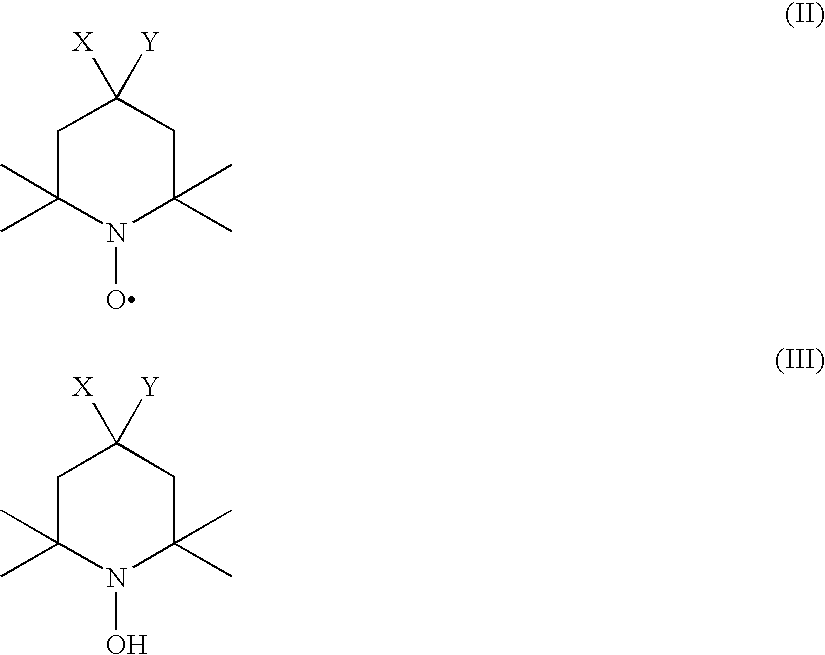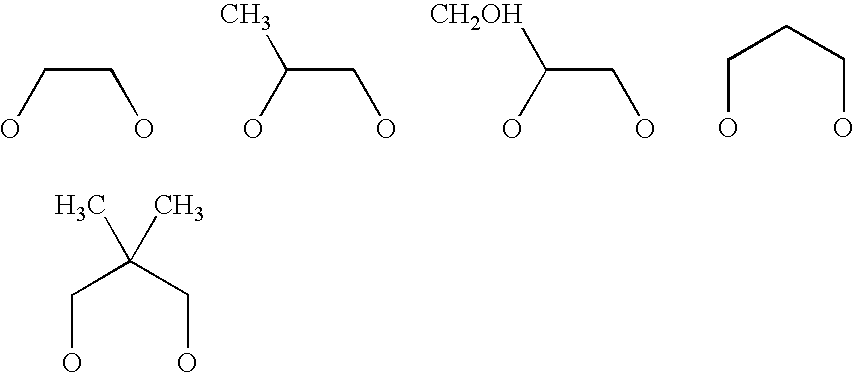Process for preparing 4-substituted 2,2,6,6-tetramethylpiperidin-N-oxy and 2,2,6,6-tetramethylpiperidin-N-hydroxy compounds
- Summary
- Abstract
- Description
- Claims
- Application Information
AI Technical Summary
Benefits of technology
Problems solved by technology
Method used
Image
Examples
example 3
[0064] Example 3 was carried out in a manner analogous to Example 2, but 0.06 mol of H3PO4 was used as cocatalyst in addition to the 0.21 mol of NaHCO3 used.
example 4
[0065] Example 4 was carried out in a manner analogous to Example 2, but 0.06 mol of H3PO4 was used as cocatalyst in addition to the 0.21 mol of NaHCO3 used.
example 5
[0066] Example 5 was carried out in a manner analogous to Example 2, but 0.06 mol of NaH2PO4*1H2O was used as cocatalyst in addition to the 0.21 mol of NaHCO3 used.
PUM
 Login to View More
Login to View More Abstract
Description
Claims
Application Information
 Login to View More
Login to View More - R&D
- Intellectual Property
- Life Sciences
- Materials
- Tech Scout
- Unparalleled Data Quality
- Higher Quality Content
- 60% Fewer Hallucinations
Browse by: Latest US Patents, China's latest patents, Technical Efficacy Thesaurus, Application Domain, Technology Topic, Popular Technical Reports.
© 2025 PatSnap. All rights reserved.Legal|Privacy policy|Modern Slavery Act Transparency Statement|Sitemap|About US| Contact US: help@patsnap.com



